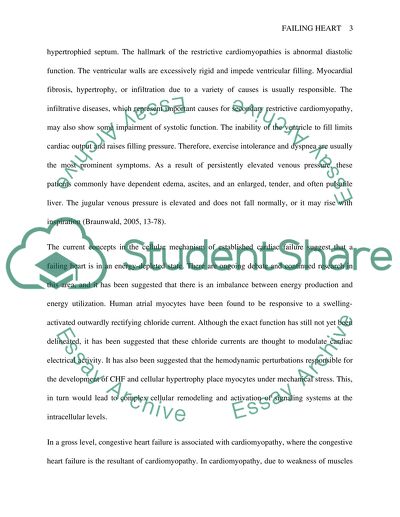Cellular and Molecular Pathological Mechanisms in the Failing Heart Article. Retrieved from https://studentshare.org/miscellaneous/1518336-cellular-and-molecular-pathological-mechanisms-in-the-failing-heart
Cellular and Molecular Pathological Mechanisms in the Failing Heart Article. https://studentshare.org/miscellaneous/1518336-cellular-and-molecular-pathological-mechanisms-in-the-failing-heart.


